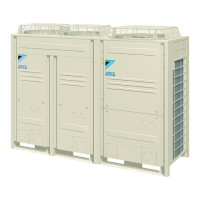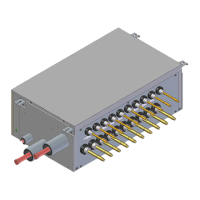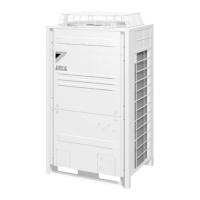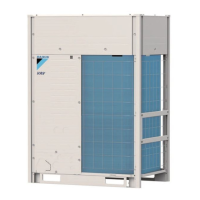Appendix Si39-303
106 General Information
7. Appendix
7.1 Operating Noise of Indoor Units
7.1.1 Difference between Catalogue Data and Actual Noise
Operating noise differs depending on the place of measurement (room) because of the various degrees
with which the room reverberates the sound. To determine the amount of reverberation under uniform
conditions, the unit has been measured in a dead room with results having been compiled in the below
table. The actual sound produced in unit operation can be determined from Table 1.
Sound pressure rise due to room reverberation (Higher than catalogue data)
Table 1
Classifications of indoor unit environments (reference data)
Table 2
Notes:
1. Excluding bedrooms
2. Reference values of faint noises in the place of usage
ABC
Room Interior
Detection
Floor Mortar Linoleum tile Carpet
Walls Mortar Plaster
Fiberglass +
Saroncross finish
Ceiling Mortar mineral wool tile
Fiberglass +
Saroncross finish
Average Absorbed Sound (Room with
Approx. 50 m² Floor Area)
0.05 0.12 0.25
Typical office
Estimated value to be added to
catalogue value
11~12 8~8.5 5~6
Classification Environment Example
Faint Noises
(NOTE 2)
Recommended
Operating Noise on Site
1 Non-active places requiring silence
Reception rooms, libraries, sitting rooms,
hospitals (examining rooms) (NOTE 1)
~35 ~40
2
Sedate business activities that do not
disturb people even over time
Quiet offices, classrooms, small
conference rooms, lobbies
~40 ~45
3
Somewhat quiet settings that permit
soft-spoken conversation, typical
activities
Small offices, large conferences rooms,
quiet stores, restaurants
~45 ~50
4
Somewhat loud settings that permit
regular conversation, brisk activity
Large offices, typical stores, cafeterias ~50 ~55
5
Loud places that permit conversation
in a loud voice, highly active place
with many people
Loud large-side offices, large cafeterias,
loud stores
~55 ~60
6 Rather loud settings
Factories, gymnasiums, recreational
places like pachinko parlors
~60 ~65

